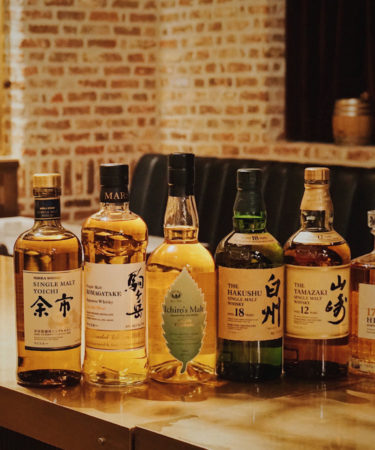Japanese whisky distilleries say that demand has far outpaced supply over the last few years, resulting in less aged whisky and higher prices. Complicating things further, some disreputable companies are reportedly sourcing whisky from other countries and labeling it Japanese whisky.
To that end, it’s helpful to get an overview of the Japanese whisky landscape. There are two main companies producing Japanese whisky. Suntory, owner of three distilleries, is the largest. Nikka is next in line, with two equally distinctive distilleries. There are also several other smaller operations making Japanese whisky — some are even distilling rice whisky, which many regard as essentially over-proof shochu.
In addition to their single malts, Nikka and Suntory produce very high-quality blends. In fact, blending is considered to be the most important step in the production of Japanese whisky. Some distilleries like Yamazaki use enough stills of different shapes and sizes to literally make dozens of different distillates, which are then aged in countless barrel types before being blended into the final product.
Ready to take on this complex, evolving category? Here are 15 bottles of Japanese whisky to try now, if you can find (and afford) them.
The below lists the “official” sales prices set by the brands, but you should be prepared to pay hundreds of dollars more than what you see here, especially for the classic age statement expressions from Suntory. In the case of Hibiki 21, for example, list price is $250, but bottles are sold for up to $1,000.
Under $50
Toki
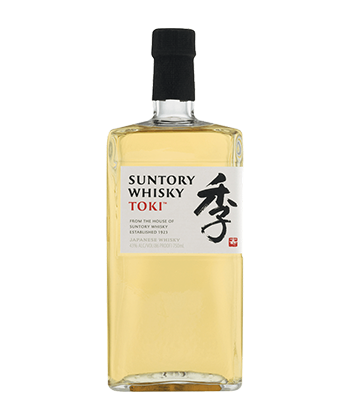 The least-expensive offering from Suntory is this light blend of whisky from the company’s three distilleries. It’s mostly comprised of grain whisky from Chita and malt whisky from Hakushu, along with two malt whiskies from Yamazaki (one aged in American oak, the other in Spanish oak). This is bright and citrusy, if perhaps a bit thin, which means it’s the perfect Japanese whisky to use in a highball. List price: $35.
The least-expensive offering from Suntory is this light blend of whisky from the company’s three distilleries. It’s mostly comprised of grain whisky from Chita and malt whisky from Hakushu, along with two malt whiskies from Yamazaki (one aged in American oak, the other in Spanish oak). This is bright and citrusy, if perhaps a bit thin, which means it’s the perfect Japanese whisky to use in a highball. List price: $35.
Iwai Tradition
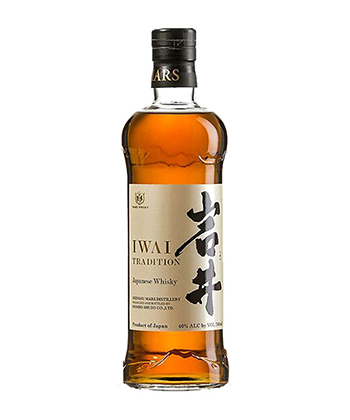 This blended Japanese whisky comes from the Mars Shinsu distillery, which is located 2,600 feet above sea level. The blend is three-quarters malt whisky to one-quarter grain whisky, aged in bourbon, sherry, and wine casks. It’s serviceable as a sipping whisky, with notes of cherry and chocolate malt, but also works very well in cocktails. List price: $50.
This blended Japanese whisky comes from the Mars Shinsu distillery, which is located 2,600 feet above sea level. The blend is three-quarters malt whisky to one-quarter grain whisky, aged in bourbon, sherry, and wine casks. It’s serviceable as a sipping whisky, with notes of cherry and chocolate malt, but also works very well in cocktails. List price: $50.
Under $100
Hibiki Harmony
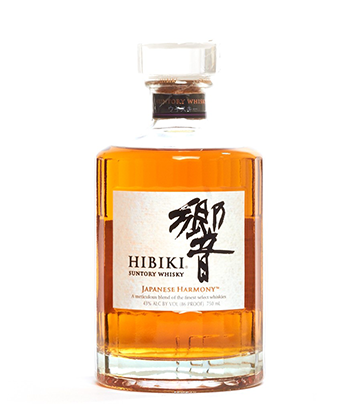 The entry-level no age statement (NAS) blend from Suntory’s prestigious Hibiki lineup was introduced as a replacement for Hibiki 12, which the company previously discontinued. This blend of malt and grain whisky from Suntory’s three distilleries is sweet and rich with notes of caramel and vanilla that coat the palate, and has a long, smooth finish. List price: $65.
The entry-level no age statement (NAS) blend from Suntory’s prestigious Hibiki lineup was introduced as a replacement for Hibiki 12, which the company previously discontinued. This blend of malt and grain whisky from Suntory’s three distilleries is sweet and rich with notes of caramel and vanilla that coat the palate, and has a long, smooth finish. List price: $65.
From The Barrel
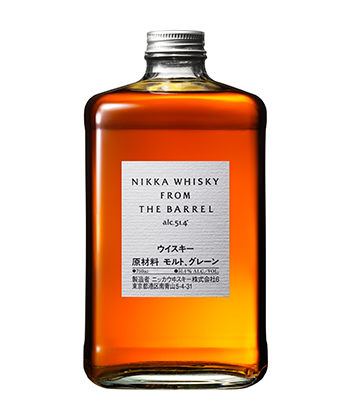 This Nikka blend comes in a smaller-than-average bottle (500 ml), but the flavor and quality punch well above its weight. After blending more than 100 different malt and grain whiskies aged in a variety of casks, distillers store the liquid in used barrels to marry their flavors. This is a blend that definitely sips as smoothly as any single malt. List price: $65.
This Nikka blend comes in a smaller-than-average bottle (500 ml), but the flavor and quality punch well above its weight. After blending more than 100 different malt and grain whiskies aged in a variety of casks, distillers store the liquid in used barrels to marry their flavors. This is a blend that definitely sips as smoothly as any single malt. List price: $65.
Coffey Grain
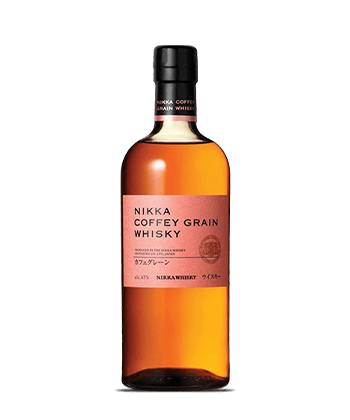 The name of this Nikka spirit may confuse someone expecting a jolt of caffeine — the “Coffey” in question refers to Aeneas Coffey, who invented a more efficient column still in the early 19th century. This grain whiskey will appeal to bourbon lovers, with buttery notes of caramel and vanilla that pop with each sip. The main grain here is corn, and it is distilled in its namesake still. List price: $70.
The name of this Nikka spirit may confuse someone expecting a jolt of caffeine — the “Coffey” in question refers to Aeneas Coffey, who invented a more efficient column still in the early 19th century. This grain whiskey will appeal to bourbon lovers, with buttery notes of caramel and vanilla that pop with each sip. The main grain here is corn, and it is distilled in its namesake still. List price: $70.
Coffey Malt
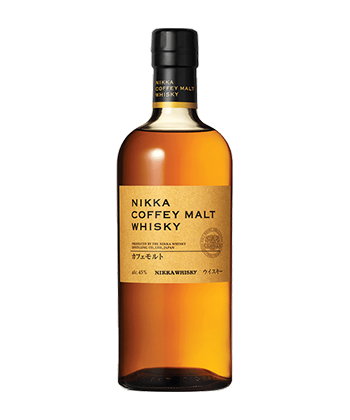 Nikka’s Coffey Malt is made from 100 percent malted barley, but it is categorized as a grain whisky because it’s distilled using a Coffey instead of pot still. There’s a bit of spice here, along with some vibrant citrus and a whisper of smoke. List price: $75.
Nikka’s Coffey Malt is made from 100 percent malted barley, but it is categorized as a grain whisky because it’s distilled using a Coffey instead of pot still. There’s a bit of spice here, along with some vibrant citrus and a whisper of smoke. List price: $75.
Yoichi
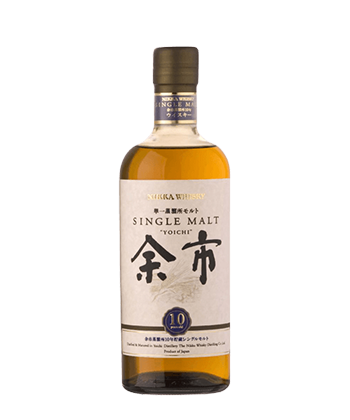 Another Japanese whisky that no longer has an age statement, this Nikka single malt comes from its namesake distillery, with a bold but not overpowering level of peat and pleasant dried fruit and spice notes. The brand’s tasting notes mention a bit of brine on the palate based on the warehouses’ seaside location, but our tasters didn’t pick that up. List price: $80.
Another Japanese whisky that no longer has an age statement, this Nikka single malt comes from its namesake distillery, with a bold but not overpowering level of peat and pleasant dried fruit and spice notes. The brand’s tasting notes mention a bit of brine on the palate based on the warehouses’ seaside location, but our tasters didn’t pick that up. List price: $80.
Miyagikyo
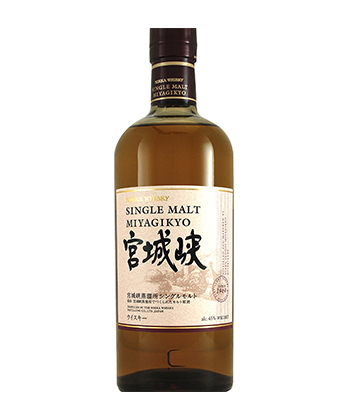 This NAS single malt hails from Nikka’s other more modern facility, built in 1969 in the mountains. There is a bit of peated malt used in production and the usual mix of sherry, bourbon, and other types of casks are employed for maturation, resulting in a complex and tasty whisky. List price: $80.
This NAS single malt hails from Nikka’s other more modern facility, built in 1969 in the mountains. There is a bit of peated malt used in production and the usual mix of sherry, bourbon, and other types of casks are employed for maturation, resulting in a complex and tasty whisky. List price: $80.
Yamazaki 12
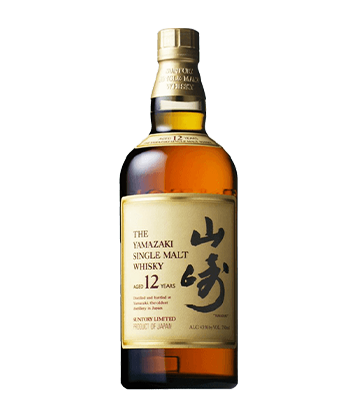 Once upon a time, this was the entry point for those who decided to explore the Japanese whisky category. But those days are mostly gone, as Suntory’s age statement whiskies have disappeared and skyrocketed in price. This excellent whisky is aged in a variety of casks, including Mizunara oak from Japan, and there are notes of tropical fruit and dry spice on the palate. List price: $85.
Once upon a time, this was the entry point for those who decided to explore the Japanese whisky category. But those days are mostly gone, as Suntory’s age statement whiskies have disappeared and skyrocketed in price. This excellent whisky is aged in a variety of casks, including Mizunara oak from Japan, and there are notes of tropical fruit and dry spice on the palate. List price: $85.
Hakushu 12
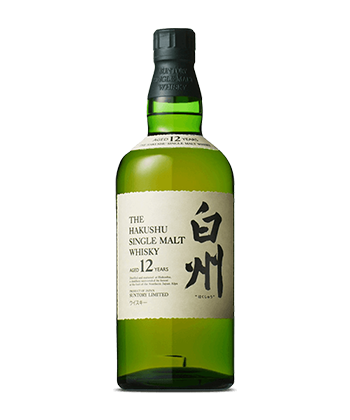 Hakushu is Yamazaki’s sister distillery in the Japanese Alps. A bit of smoke from the use of peated barley drifts through this whisky, along with crisp apple and pear notes. In 2018, there were reports that Suntory will be temporarily discontinuing Hakushu 12 in certain markets, but limited quantities are still available here in the U.S. Average price: $85.
Hakushu is Yamazaki’s sister distillery in the Japanese Alps. A bit of smoke from the use of peated barley drifts through this whisky, along with crisp apple and pear notes. In 2018, there were reports that Suntory will be temporarily discontinuing Hakushu 12 in certain markets, but limited quantities are still available here in the U.S. Average price: $85.
Under $200
Akashi Single Malt
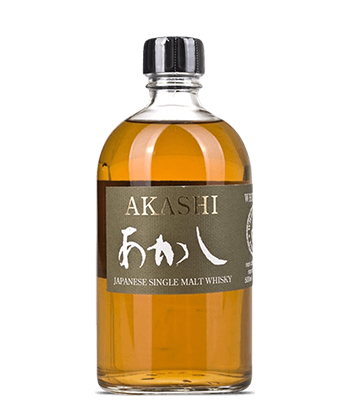 The White Oak distillery where Akashi is located dates to the early 20th century, but the facility was focused on shochu and sake, so whisky production did not begin in earnest until the 1980s. This single malt is a blend of whisky aged between four and seven years in a combination of sherry, bourbon, brandy, and ex-shochu barrels. List price: $110.
The White Oak distillery where Akashi is located dates to the early 20th century, but the facility was focused on shochu and sake, so whisky production did not begin in earnest until the 1980s. This single malt is a blend of whisky aged between four and seven years in a combination of sherry, bourbon, brandy, and ex-shochu barrels. List price: $110.
Hibiki 17
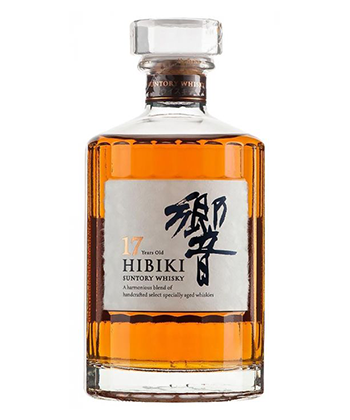 An incredibly elegant blend of grain and malt whisky aged for 17 years, this spirit has a syrupy mouthfeel and long, deep notes of brown sugar, chocolate, and cherry on the palate. Suntory has reportedly discontinued it in most markets, leaving Japanese whisky fans aghast (limited quantities are still available). List price: $150.
An incredibly elegant blend of grain and malt whisky aged for 17 years, this spirit has a syrupy mouthfeel and long, deep notes of brown sugar, chocolate, and cherry on the palate. Suntory has reportedly discontinued it in most markets, leaving Japanese whisky fans aghast (limited quantities are still available). List price: $150.
Under $300
Hakushu 18
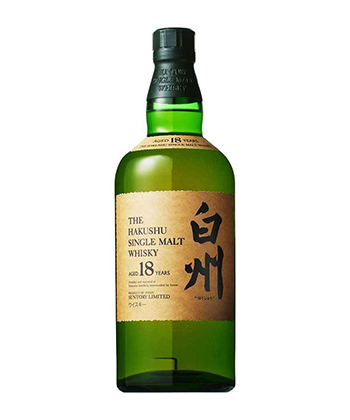 Arguably the finest expression of this Suntory brand, the 18-year-old Hakushu combines the subtle smoke, crispness, and fruity notes of its 12-year-old and transforms them into a more rounded, mature whisky. List price: $250.
Arguably the finest expression of this Suntory brand, the 18-year-old Hakushu combines the subtle smoke, crispness, and fruity notes of its 12-year-old and transforms them into a more rounded, mature whisky. List price: $250.
Yamazaki 18
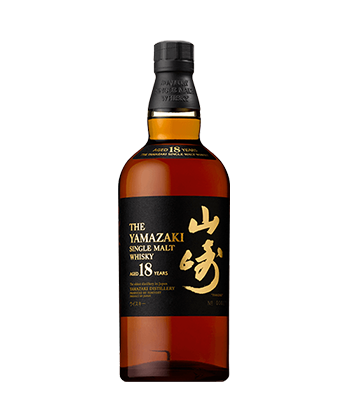 Yamazaki’s 18-year-old expression also brings more mature flavors, but with an entirely different outcome. The color is dark amber, and the palate has notes of berries, raisins, and apricots. This is due to the large proportion of sherry casks used during the maturation process. List price: $250.
Yamazaki’s 18-year-old expression also brings more mature flavors, but with an entirely different outcome. The color is dark amber, and the palate has notes of berries, raisins, and apricots. This is due to the large proportion of sherry casks used during the maturation process. List price: $250.
Hibiki 21
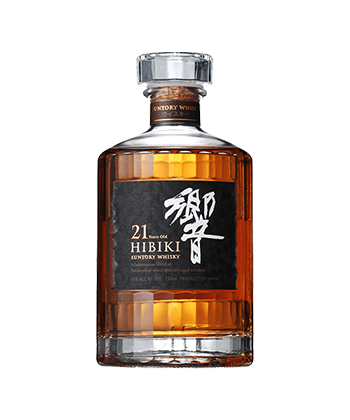 Hibiki 21 is a unicorn bottle, extremely hard to find and exorbitantly expensive when you do. But it’s also delicious, with rich sherry notes and a touch of smoke in the background. It’s nearly a quarter-century old but evades common pitfalls of overaging, like excessive oak or tannins. Instead, Hibiki 21 proves that an extra few years can have remarkable results when done carefully and selectively. List price: $250.
Hibiki 21 is a unicorn bottle, extremely hard to find and exorbitantly expensive when you do. But it’s also delicious, with rich sherry notes and a touch of smoke in the background. It’s nearly a quarter-century old but evades common pitfalls of overaging, like excessive oak or tannins. Instead, Hibiki 21 proves that an extra few years can have remarkable results when done carefully and selectively. List price: $250.
